Continuation grants refer to grants awarded to recipients of existing grants to extend their funding project after the original period of funding. These grants help to support existing programs but do not involve a new application process. Funding is normally on the basis of performance, grant adherence, and availability of funds. It requires recipients to show sound improvement, financial management, and good alignment with the goal of the program. Continuation grants ensure continuity of programs and also enable effective programs to have long-term effects in the target areas or communities of interest.
What Are the Key Features of Continuation Grants?
Here are the four key features of continuation grants:
- Multi-Year Structure: These grants are planned to give out funding over multiple years, which brings stability and continuity to lengthy programs or research studies. They assist in the continuity of a project without the need to reapply often.
- Non-Competitive Renewal: The recipients do not have to compete with the new applicants each cycle of funding. Funding keeps going as approved before, conserving time and cash in the renewal procedure.
- Performance-Based: Funding is based on project achievement, time setting, and compliance requirements. Good records of performance enhance the chance of continued support.
- Conditional Approval: It is a review of the funding where funding is subject to certain conditions, like fair reporting, financial responsibility, and program rules obligations. Failure to observe can lead to loss of funding or a reduction in funds.
What are the Types of Continuation Grants?
Here are the five main types of continuation grants:
- Non-Competitive Continuation Grants: The renewal of these grants is automatic, provided that performance requirements are fulfilled. Applicants do not have to go through a new application process. They provide stability in funding the continuing projects.
- Competitive Continuation Grants: These involve a re-application of funding after the first time by the applicants. Renewal is based on good proposals and records of successful project deliverables.
- Formula-Based Continuation Grants: These grants are based on a fixed formula for calculating funding. The formula can rely on such factors as the size of the population, project scope, or level of need.
- Conditional Continuation Grants: These grants cannot be renewed without meeting certain conditions. The causes and conditions may be the attainment of targeted objectives or commitment to compliance guidelines.
- Renewable Multi-Year Grants: These fund investments on a multi-year basis and are renewed periodically. Renewal is based on progress reports and the remaining relevance of the project.
What is the Process for Applying for Continuation Grants?
Below are the five basic procedures for applying for continuation grants:
- Notice of Continuation Opportunity: The funding agency sends a formal notice, which informs the eligible recipients of the availability of continuation funding.
- Progress Report Submission: Applicants are required to give detailed progress reports on achievements, challenges, and fulfilment of the original objectives of the grant.
- Continuation Proposal: A proposal is made in the form of a proposal with updated budgets, timelines and the next funding period.
- Review and Approval: Agencies review the documents that are given to confirm that the standards of performance and eligibility requirements are satisfied.
- Award Notification: Successful proposals are communicated an official notification document confirming continuing funding and making any changes to the terms.
How Are Continuation Grants Monitored?
There are three major methods by which continuation grants are monitored:
- Performance Monitoring: Agencies maintain the tracking of project progress to ensure appropriate objectives are achieved within the allocated time.
- Financial Audits: It involves checking the financial records to ensure funds are being used appropriately. This process ensures that all funding requirements are met.
- Site Visits or Virtual Check-ins: The program officers can visit the location of the projects to check the operations on the ground. When someone cannot travel, virtual check-ins are carried out to determine operations.
Who Can Apply for Continuation Grants?
The following are the two key eligibility criteria:
- Current Grantees Only: Continuation grants can be applied for only by organisations or individuals that already have grant funding. This gives the assurance that the funding is going towards continuous and valid projects.
- Eligible Programs: Programs are required to achieve the objectives of the original grant and follow all funding provisions. The renewal is only available to those who align with the scope and objectives that have been approved.

George C. Tagg, Jr.
George serves as a trusted counsel to business leaders, non-profit executives, and management teams. George is a licensed attorney with a master’s in international affairs and over 20 years’ experience in the U.S. Congress, Department of State, Department of Defense, global public policy, and political campaigns.

